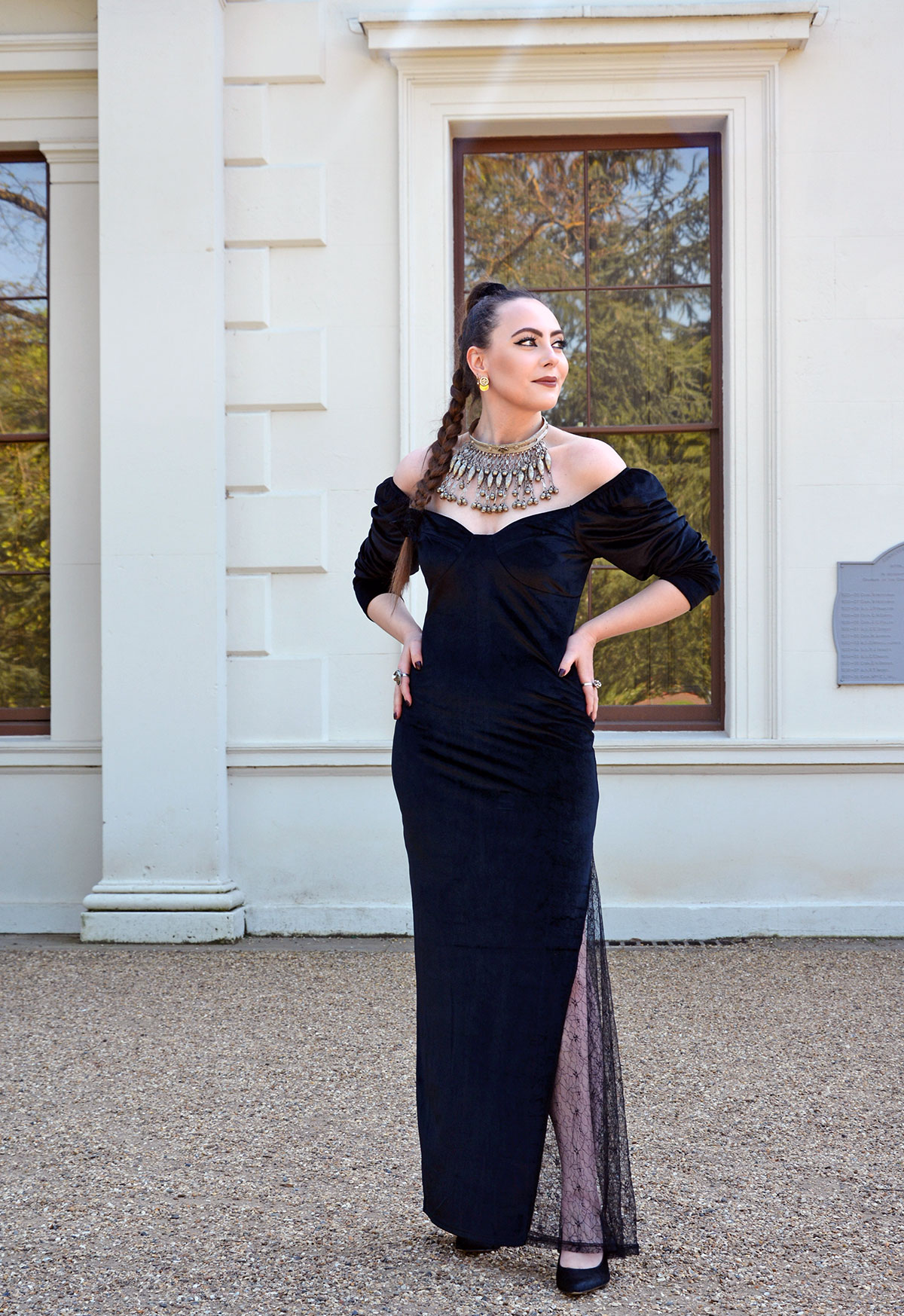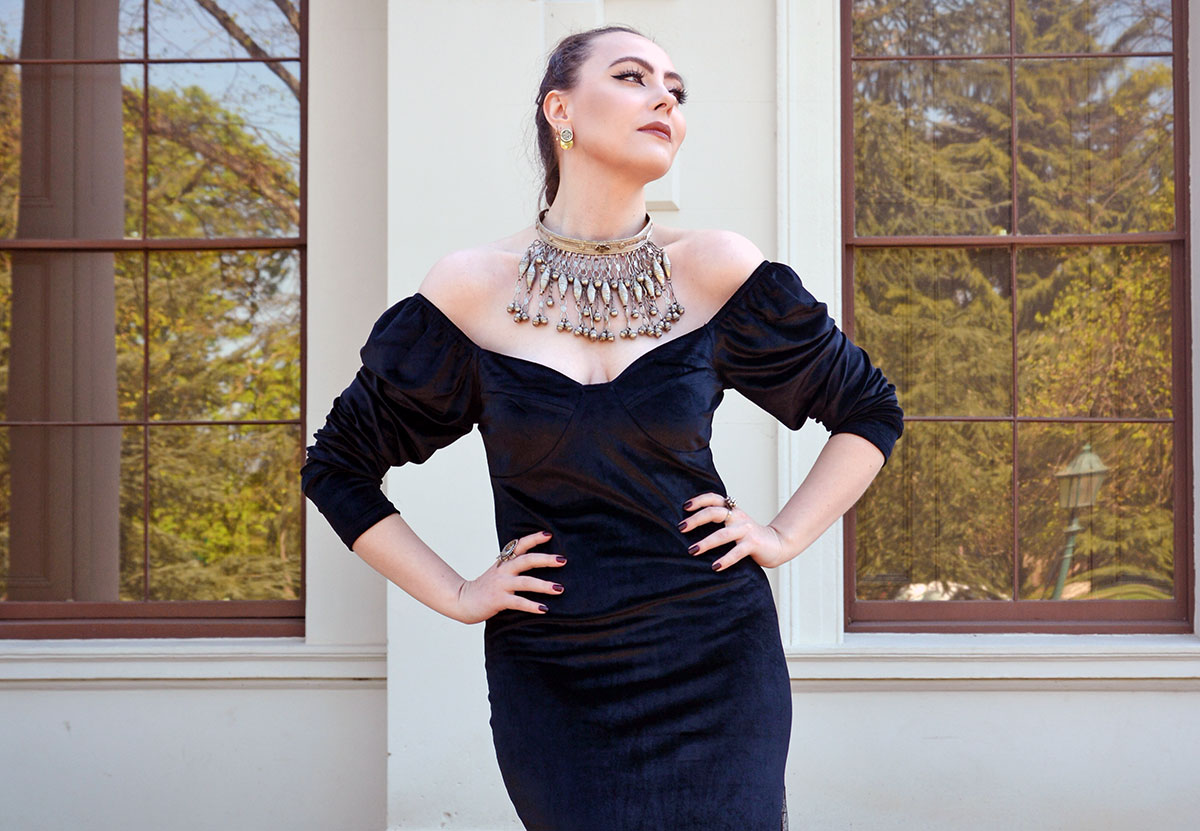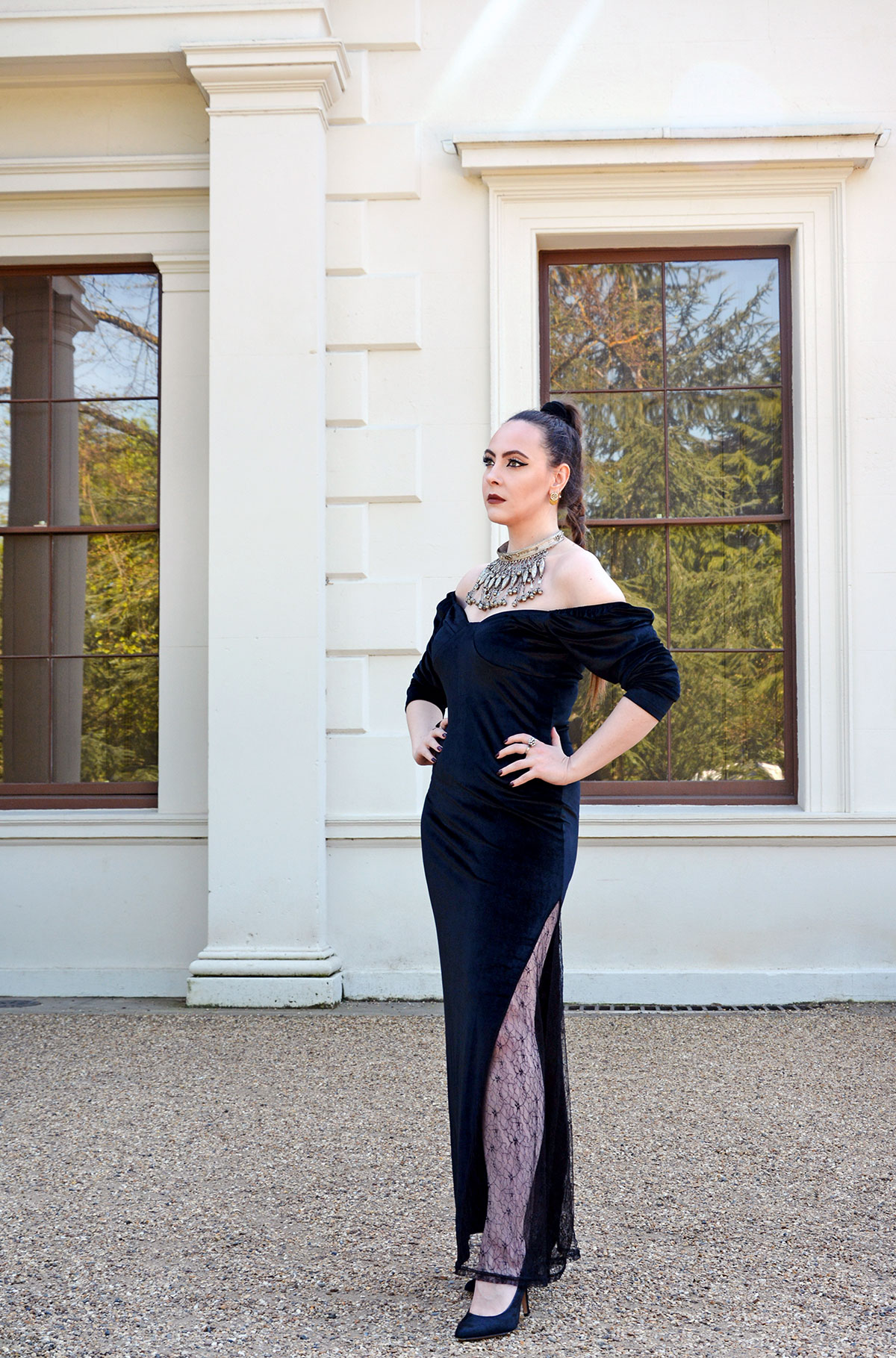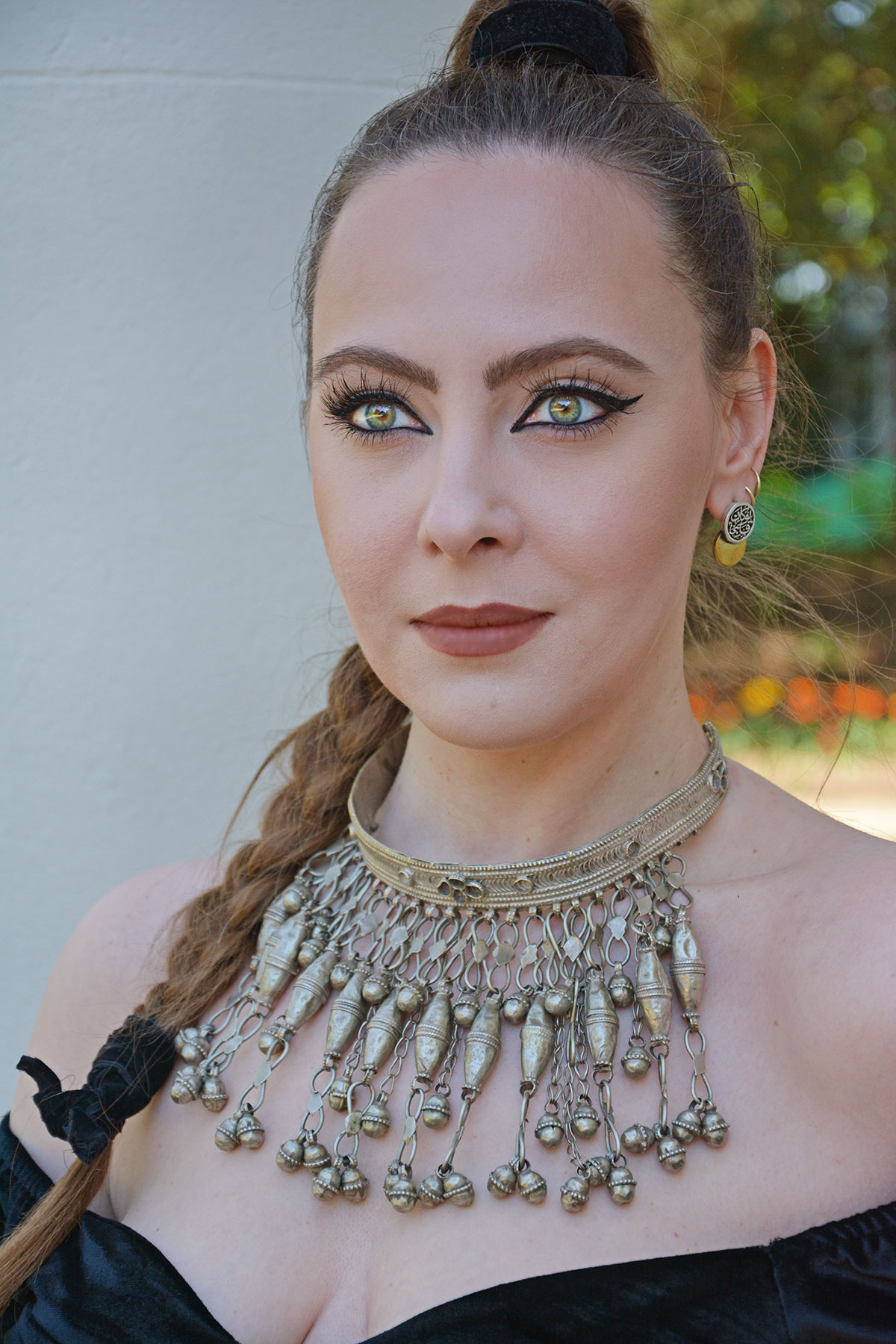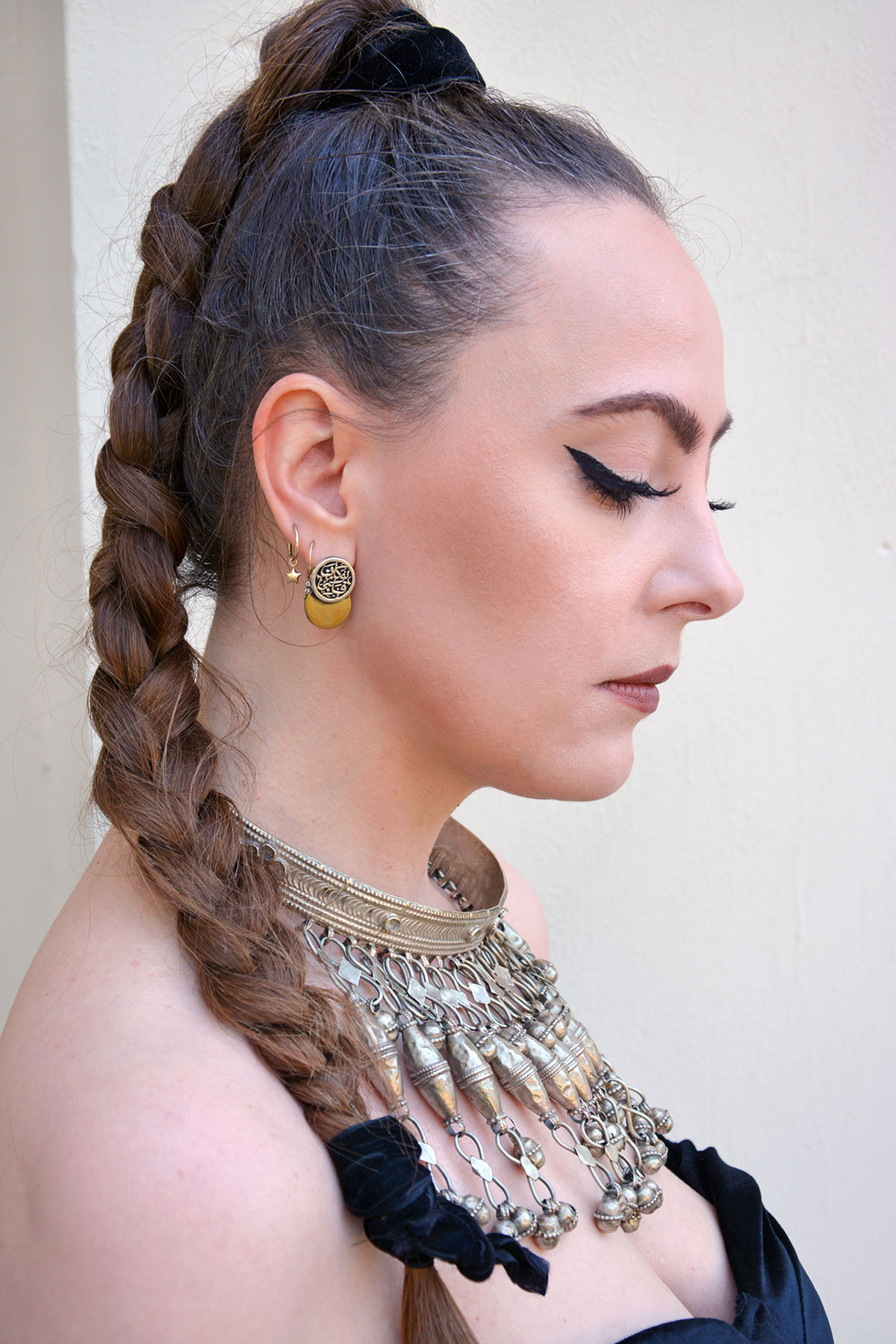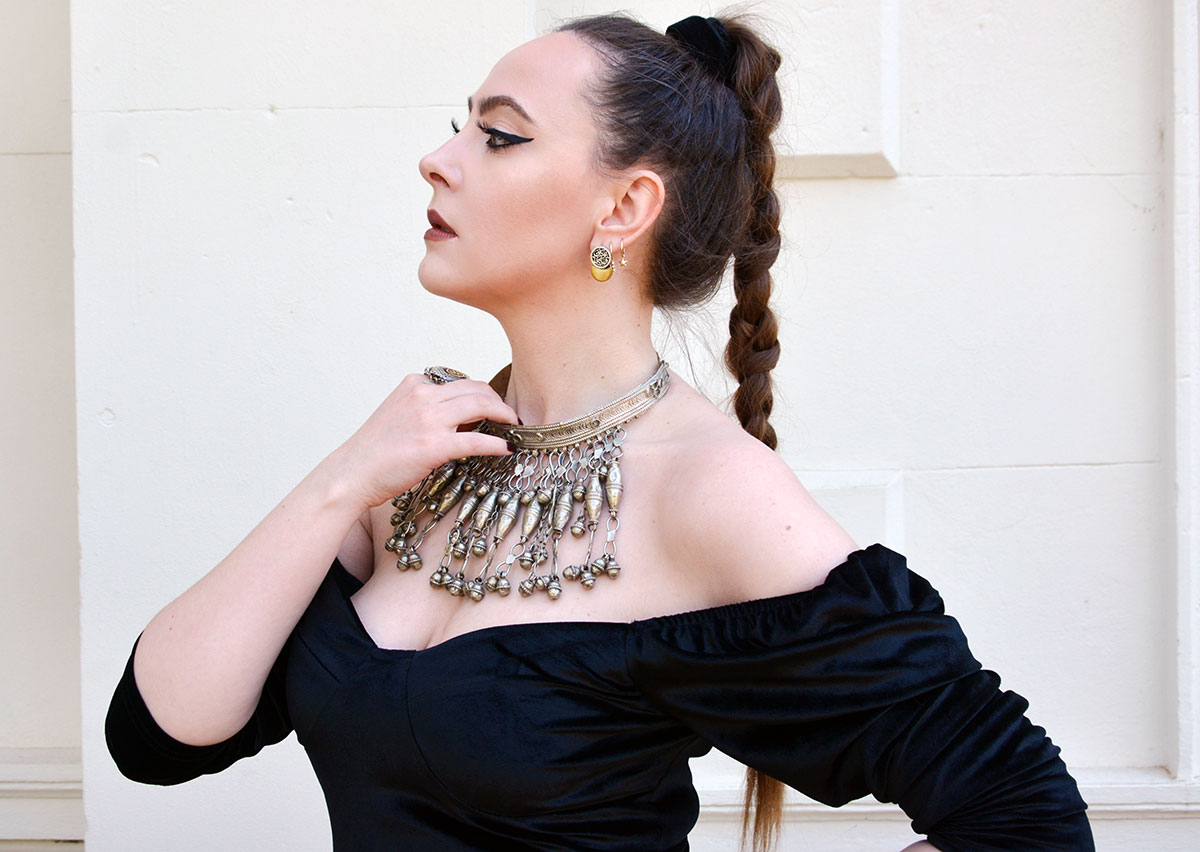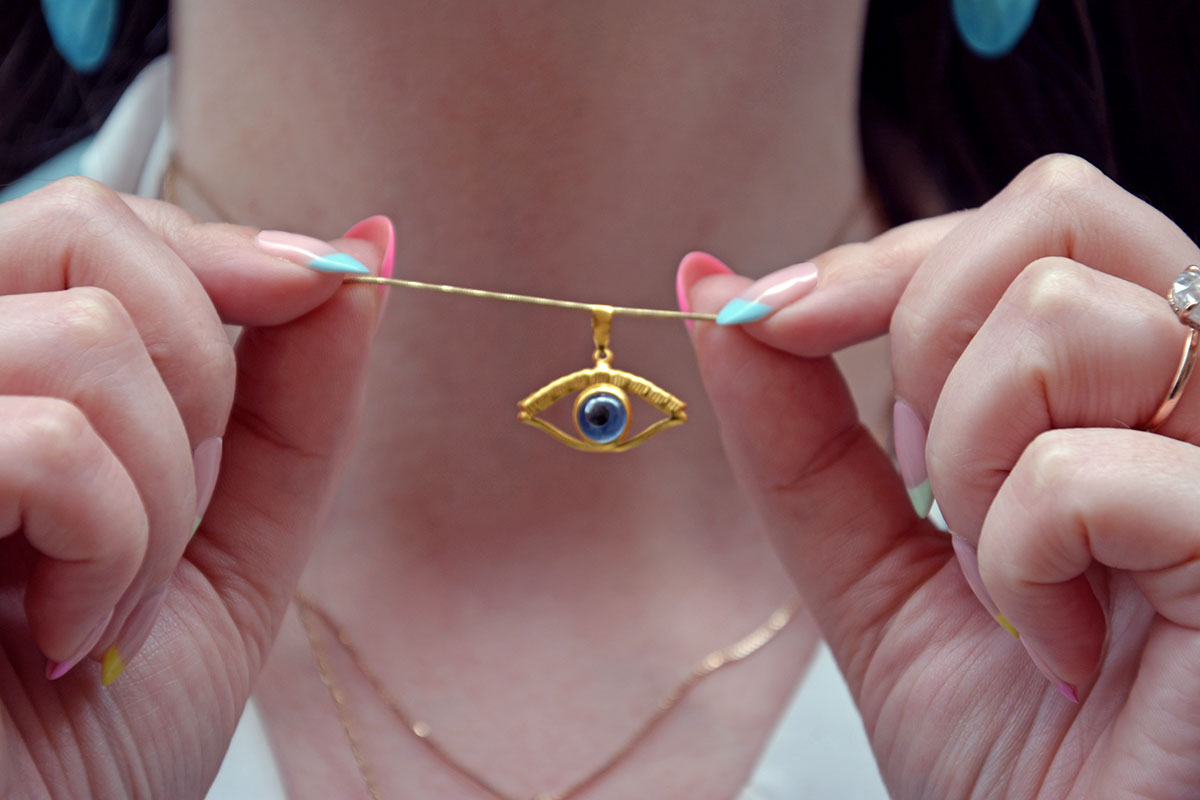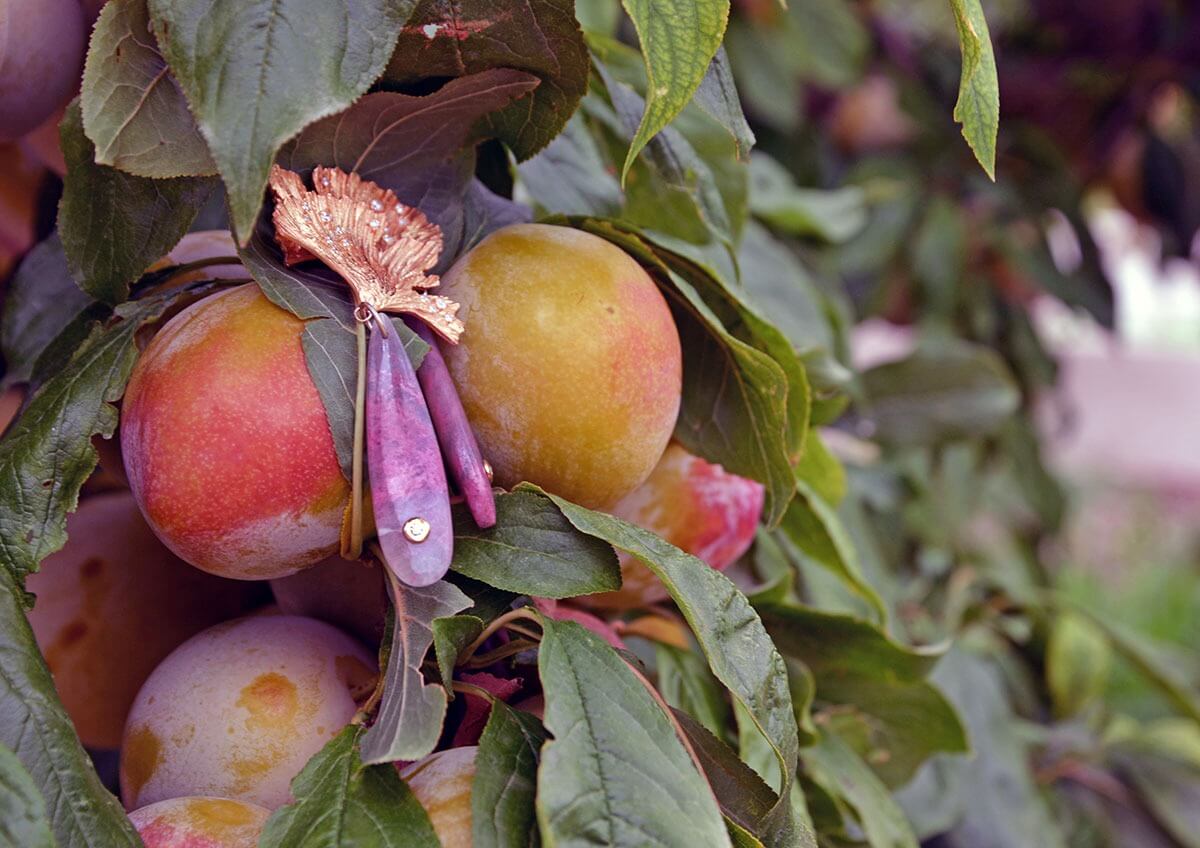
“And she gave the king 120 talents of gold, large quantities of spices, and precious stones. Never again were so many spices brought in as those the queen of Sheba gave to King Solomon.”
1 Kings 10:1-13
Sheba. A mythical country which many believe is modern day Yemen. Lands once so rich now are known for destitution.
Some see Sheba purely as Ethiopia, despite Africa and Yemen being narrowly separated by sea, a passage currently used by migrants fleeing Yemen via Africa towards Europe, and vice versa from Eritrea, Ethiopia and Somalia via Yemen towards Saudi Arabia. Covered in footsteps of those who died trying to find a better life, this route was allegedly fit for the Queen of Sheba, simply curious about the wisdoms of King Solomon.
Yemen is veneered by the reality of poverty, degradation and war, yet what the world stands to lose by its inaction to help Yemenis, is a part of itself. One of the many casualties on these lands is the art of Yemenite silversmithing. This practice in its truest form is now at peace, however its variants still live on through merging with Bedouin and Islamic traditions. This very small part of a very rich heritage is what I want to discuss today.
Yemenite silversmithing: A craft propelled by conflict
The people of Sheba and the Arabian Peninsula were known for their goldsmithing and silversmithing, a practice that has been attributed to the Jewish tribes, particularly Banu Qaynuqa, living in and around Medina, Saudi Arabia, until Prophet Mohamed’s arrival and conquest of the lands.
The core reason of the conflict between the Jewish tribes and the followers of Mohamed is often disputed, some citing that the tribes broke a peace pact, however the result of this disagreement has always been clear. A war had begun, and ultimately Jewish men were murdered while women and children were sold off as slaves. Those who survived ran south. This is now Yemen.
From the mid-1700s all silversmithing work was done by the Yemenites, or Yemeni Jews. While there was a lot of demand for the craftsmanship of the jewellery, the Muslim majority did not participate in the art. Scholars were not able to agree on the particular reasons why this was seen as an impure practice, but two reasons were put on the table. One was that precious metals should be used when donating for charity (zakat) rather than hoarded. The other reason was that gold and silver were considered to be two of the six ribawi items. This meant that these items had to be exchanged equally.
“(Converted) gold for gold, silver for silver, wheat for wheat, barley for barley, dates by dates, and salt by salt, same (amount) for the same, equal (quantity) for equal, hand (delivered) for hand.”
From the Hadith of ‘Ubadah bin al-Samit RA citing Prophet Muhammad
Purchasing gold or silver, and then creating jewellery out of it would affect the value of that same gold or silver, thus making this a practice followers of Islam avoided.
Ultimately, the craft was taken over by the Jewish communities in the region, with their clientele coming from all over the Arabian Peninsula and beyond to own a piece of Yemenite silver.
Muslim jewellery admirers at the time favoured silver rather than gold. This was because the Prophet himself had worn a carnelian signet ring set in silver, influencing the preference for this precious metal for hundreds of years among his followers.
However, the era of Yemenite jewellery crafted on the Peninsula lasted only until the 1950s. Nearly all of the Jews migrated to Israel by then – the migration process was named “Operation Magic Carpet”. And so, true Yemenite jewellery geographically made in Yemen died. This is what makes silver pieces created before the 1950s extremely valuable and collectible.
From this time, mass produced silver and gold pieces have entered into the Peninsula. The art of hand-made silversmithing that once was is still practiced in small parcels mainly by the Bedouin communities, and can be purchased in the souks of Saudi Arabia or Sana’a in Yemen. These days many followers of Islam have also started creating their own precious metal pieces and set up brands specialising in gold and silver.
What was the silver purity used in Yemeni jewellery?
There are no silver mines in Yemen. There were a few historically, but nowhere near enough to hit the demand.
As Yemen was (and is) a key trade route, the silver was imported. From the 1800s, the Yemenites favoured using Maria Theresa thalers, an Austro-Hungarian coin made of 84% silver. The jewellers created masterpieces from melting coins for their clients. As mothers passed on their silver pieces to their daughters, they also asked to melt the works – and if needed, mix the silver with other metals to create more material to work with, and thus bigger pieces to adorn oneself in, despite the lower purity of silver.
When it came to jewellery, the bigger, the jinglier, the heavier, the better. Jewellery was a mark of social status, protection from evil, coming of age, wedding dowry and even a fertility aid, not merely a fleeting moment of vanity.
Influences in Yemeni jewellery
Generally there were quite a few differences in the aesthetic of Yemeni jewellery. Some variations were regional, for instance East Yemeni work was created to the taste of Saudi clients, making the origin of certain pieces untraceable, whether it was from Saudi or Yemen. Further inland, influences from Oman as well as India could be easily spotted.
Meanwhile towards the Red Sea, pieces were more akin to African tastes for clients across the sea.
Other notable distinctions were due to differing religions and ethnicities. Jewish, Muslim or Bedouin customers all had pieces and looks that they favoured not only because of style, but practicality dictated by belief.
For example, a Muslim woman would be in the market for a beautiful silver pin to keep her scarves and veils together. Meanwhile a Jewish bride would be looking for some jewellery for her gargush (see glossary below), and a Bedouin lady would be asking for some chunky geometric pieces for her daughter’s wedding day. With all of these orders coming in, the silversmiths were busy people.
Yemeni jewellery terminology
Names of adornments and the techniques used can be difficult to remember. I popped them into a useful little glossary with some good-to-know beginner terms.
- Labbe – extremely detailed, often movable, and intricate bib necklace worn by both Jewish and Muslim women. The most popular labbe pieces are those adorned with rows of coins.
- Jambiya – men did not wear jewellery as such, but they accessorised their looks with silver daggers known as jambiya instead.
- Tohōr – sterling silver (no less than 84%).
- Fuḍah – silver alloyed with other metals (less than 84%).
- Filigree – a technique where thin metal threads are twisted, braided, bent or folded to result in fine interlaced patterns.
- Granulation – a technique that is very unique (it rhymes!) to Yemenis. A silver wire would be cut into small chunks, placed into the overall piece and then heated up to be hidden by embers only to then form a round shape, making the object three dimensional. This technique is different to the classic granulation method perfected by the Etruscans.
- Embossing – a method where the jeweller is hammering a shape, image or words onto the reverse side.
- Niello – a technique used to darken silver by applying a specific metal with sulphur to it.
- Gargush – traditional Jewish Yemenite headdress worn by women which signalled their martial status. Specific jewellery was ordered to adorn the gargush.
- Amabar – amber beads particularly favoured by Muslim women in the Arabian Peninsula.
- Hirz – a cylindrical pendant or amulet that serves as a hidden box, where one can store a prayer scroll or something of sentimental value.
The choker I am wearing in the images is either from Yemen or Saudi Arabia; this traditional style has been created in both countries. It is dated to around the 1930s. While this is an extremely rare piece, a similar one can be found at the British Museum, under number 2008,6034.2. Another example was published in the book by Heather Colyer Ross: The Art of Bedouin Jewellery; page 99.
Further reading:
- The Rich Cultural Heritage of Yemeni Jewellery – Anthropology, Yoair Blog
- Implication of the Determination for the Gold Ribawi ‘illah (Cause) Towards Fiat Money in Islam – The Turkish Online Journal of Design, Art and Communication
